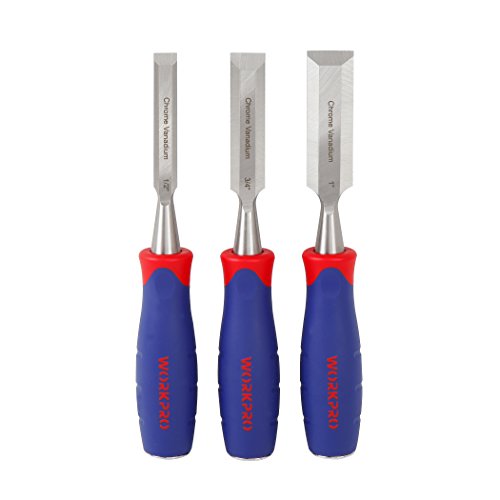Understanding when a chisel is dull
A dull chisel is a frustrating and dangerous tool to work with as its blunt edge can slip, damage your workpiece or even cause injury. But how do you know when it’s time to sharpen your chisel?
If you’re finding that your chisel is requiring more force to cut through wood, or the wood fibers are crushing instead of being cleanly sliced, then it’s likely that your chisel is dull. Another telltale sign is that you’re getting more wood dust than wood shavings as you work.
Examining the edge of your chisel
If you’re unsure whether your chisel is dull or not, take a close look at its edge. A sharp chisel edge should reflect light and be completely flat. If you can see any dents or nicks in the edge, or if it’s reflecting light unevenly, then it’s time to sharpen it.
You can also try running your fingernail gently along the edge – if you feel it catching on any rough spots or areas, it’s likely that your chisel needs to be sharpened.
Testing the sharpness of your chisel
Even if your chisel’s edge looks smooth and even, it’s a good idea to test its sharpness before using it. One simple way is to try cutting through a piece of paper with the chisel – if it can’t make a clean cut or tears the paper, then it’s blunt.
Another test is to try slicing through the end-grain of a softwood with your chisel – if it can easily make a thin, clean slice, then it’s sharp, but if it crushes the wood or requires a lot of force, then it needs to be sharpened.
Sharpening your chisel
There are many ways to sharpen a chisel, but one of the most common methods is to use a sharpening stone or a honing guide. Make sure to follow the manufacturer’s instructions carefully and to maintain a consistent angle throughout the sharpening process.
You can also use a honing compound or a strop to polish and refine the edge of your chisel after sharpening it. It’s important to keep your chisel well-oiled and to avoid overtightening its handle to prevent the blade from warping.
Maintaining your chisel
Once you’ve sharpened your chisel, it’s important to maintain its edge by regularly honing it and avoiding any actions that can dull or damage it, such as prying or using it to hit nails.
Make sure to store your chisel in a dedicated place and to clean it thoroughly after each use, removing any debris or dust that may have accumulated on its edge.






